
In the sunlit bylanes of Karaikudi, Tamil Nadu, where Chettinad mansions stand as grand testaments to the opulence of a bygone era, a bright yellow building hides an unexpected treasure.
Its name, Pettagam, instantly evokes nostalgia among the Chettiar community. Traditionally, a pettagam was a massive iron chest used to store a family's most valued possessions - gold, heirloom jewellery, promissory notes, and property deeds.
These intricately built chests often had complex lock mechanisms, sometimes so sophisticated that later generations could not unlock them.
Today, this word has taken on a new meaning, as it lends its name to India's first private museum dedicated to the exquisite jewellery traditions of Chettinad.
A Vision Decades In The Making
The idea for Pettagam came from jewellery designer Meenu Subbiah, a scion of the Nagarathar community and one of South India's earliest graduates from the Gemological Institute of America.
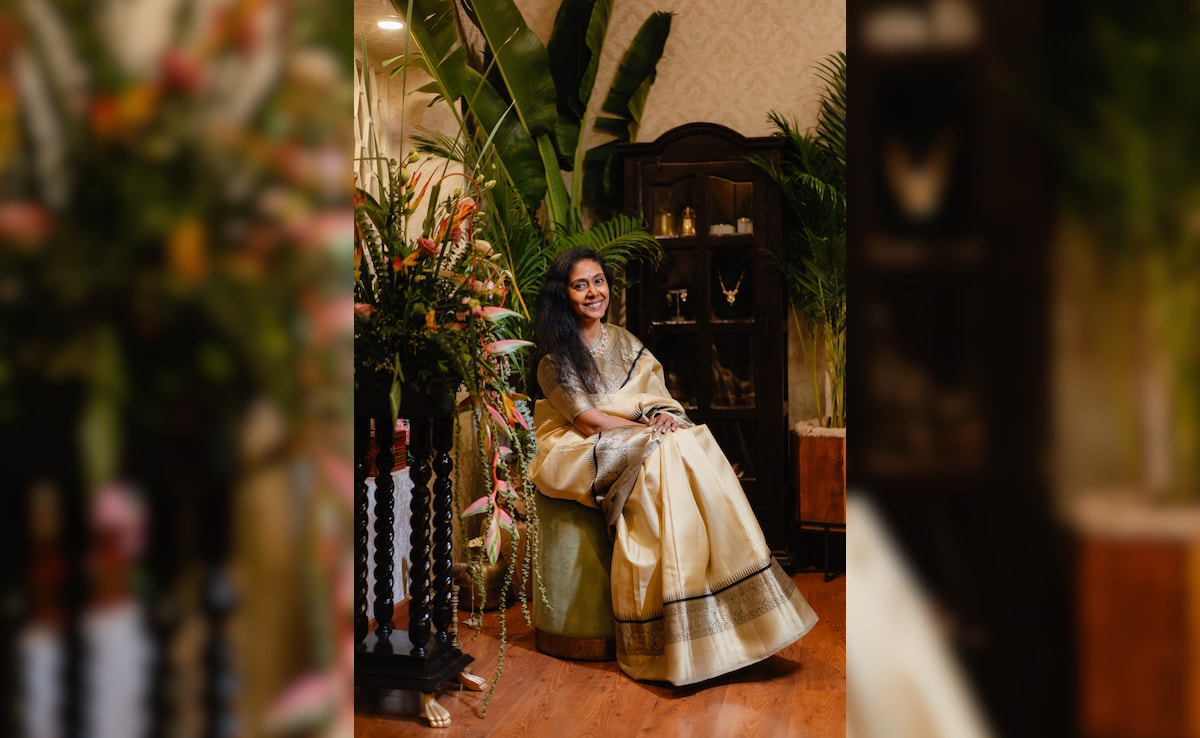
For more than three decades, she has been devoted to studying, restoring, and reinterpreting the jewellery of her community through her eponymous brand, Meenu Subbiah Jewellery, which she co-founded with her father in 1993.
While Chettinad's architecture, cuisine, and textiles have long captured the imagination of historians and travellers alike, Meenu realised that its jewellery - laden with cultural meaning and artistic depth - remained underexplored.
Her research began in the early 1990s, long before the convenience of smartphones and digital archives. With only paper and pencils at hand, Meenu sketched what she saw and committed to memory the jewels glimpsed during visits to temples, family gatherings, and community homes.
Over time, she pieced together narratives from sepia-toned photographs, oral histories, and conversations with elders. Her quest took her across India and Southeast Asia - to Singapore, Malaysia, Sri Lanka, and Burma - following the routes once taken by her merchant ancestors.
Unlocking Karaikudi's Treasure Chest
On Karaikudi's narrow SRM Street stands the two-storeyed building that houses Pettagam. Designed like a traditional Chettinad mansion, it radiates warmth with its yellow facade, red doors, and carved wooden windows.
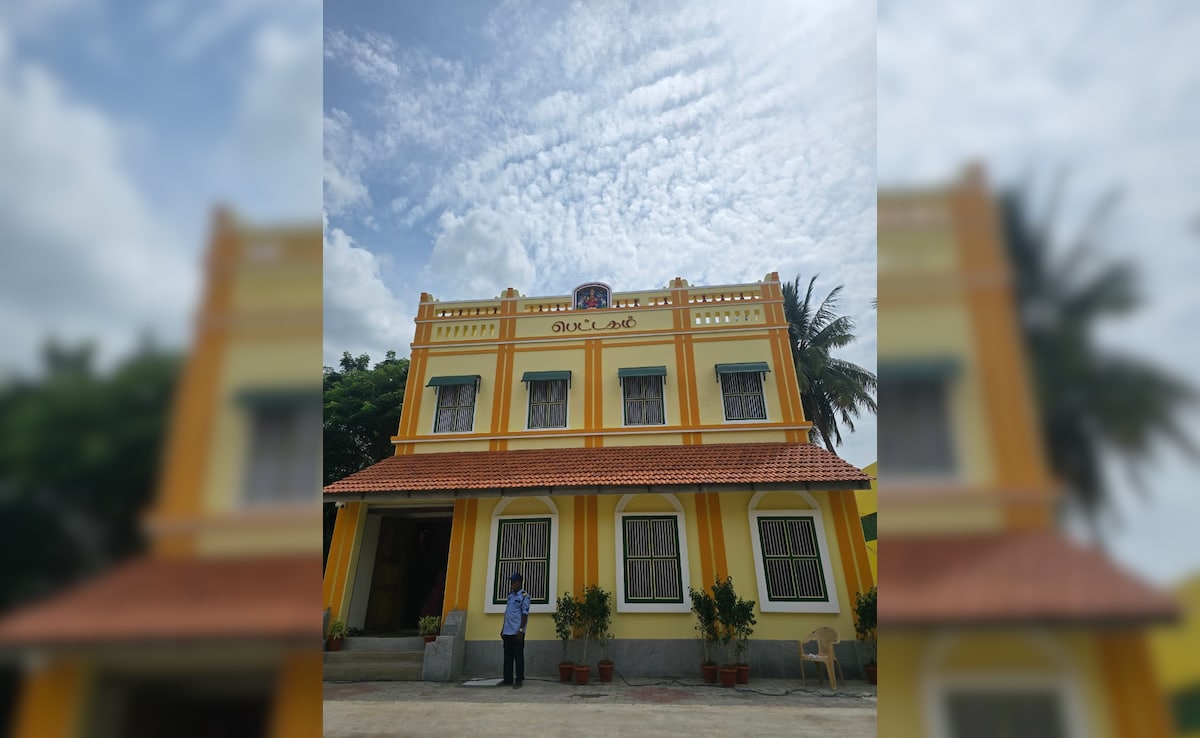
The museum's entrance resembles a life-sized pettagam - painted a striking red and divided into multiple drawers, immediately immersing visitors into the world of treasures that lie within.
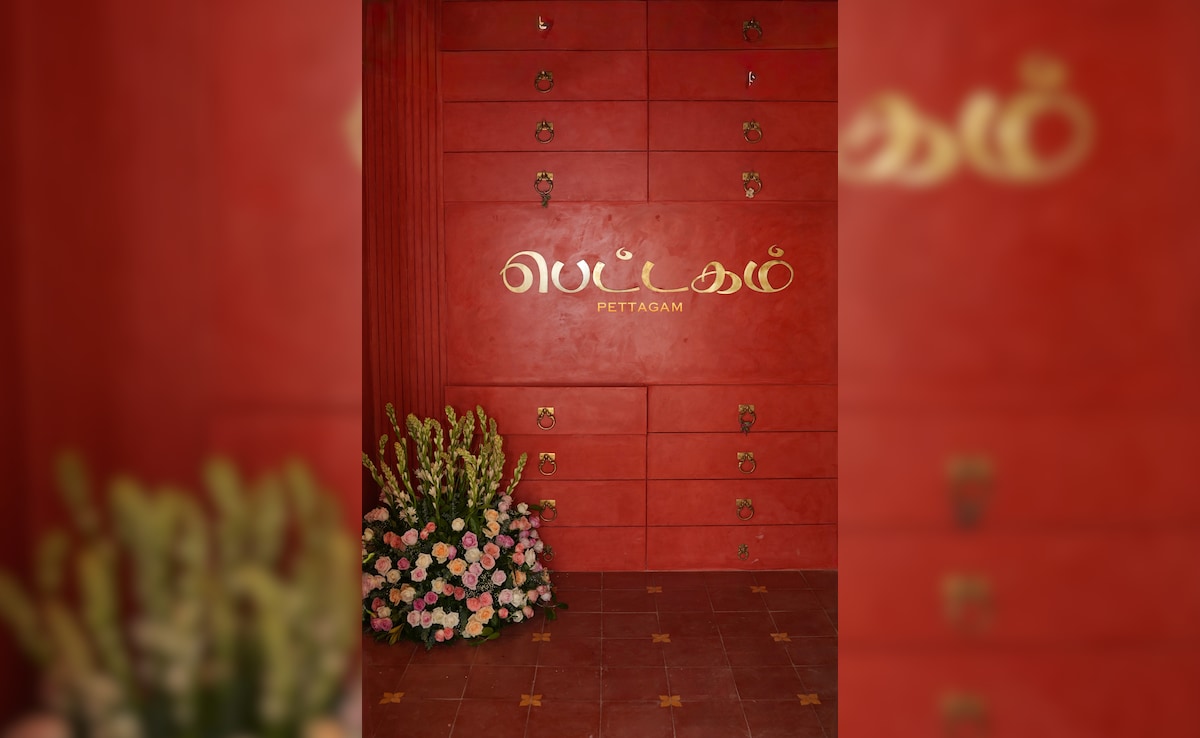
Inside, the museum feels both intimate and archival, blending history with artistry. The ground floor chronicles the journey of the Nagarathar community, who rose to prominence as traders and financiers during the Chola era and expanded their networks across Southeast Asia.
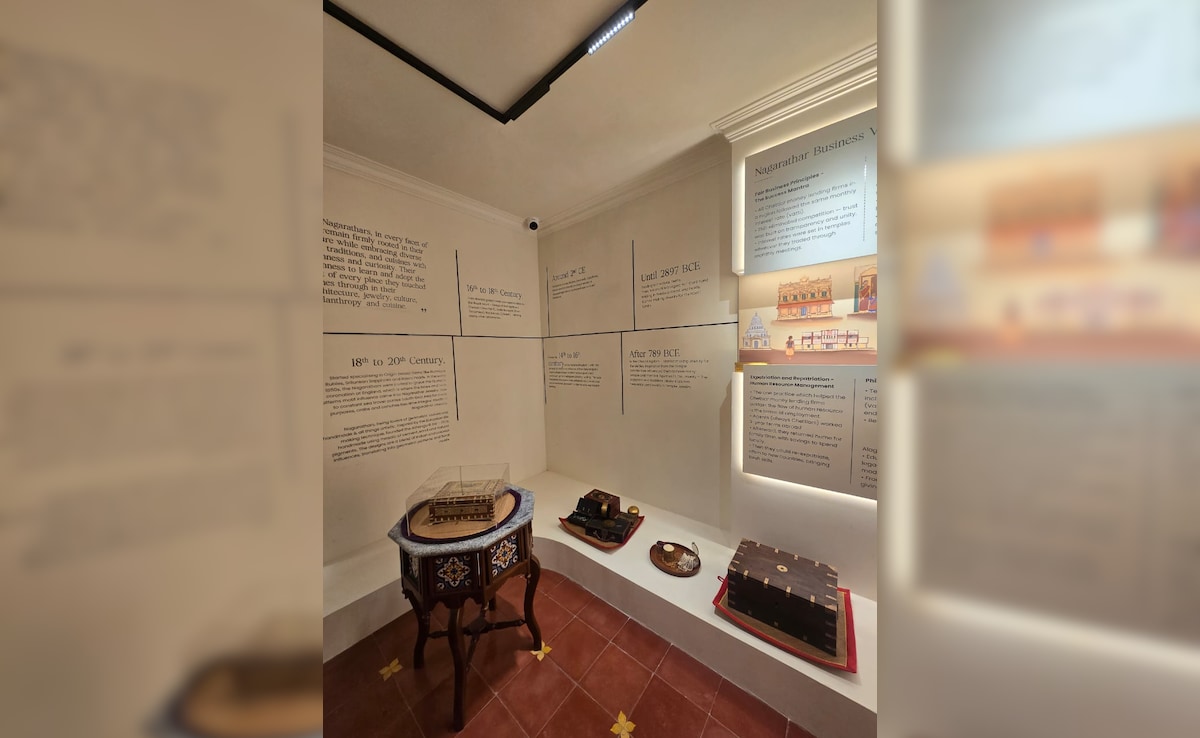
Maps and photographs trace their voyages from Tamil Nadu to Sri Lanka, Malaysia, Burma, and even parts of Europe, where they traded in precious stones, pearls, textiles, and spices.
According to ancient Tamil literature, including the Silappadhikaram, the Nagarathars were already renowned for their expertise in trading rubies, emeralds, and pearls as early as the 2nd century CE.
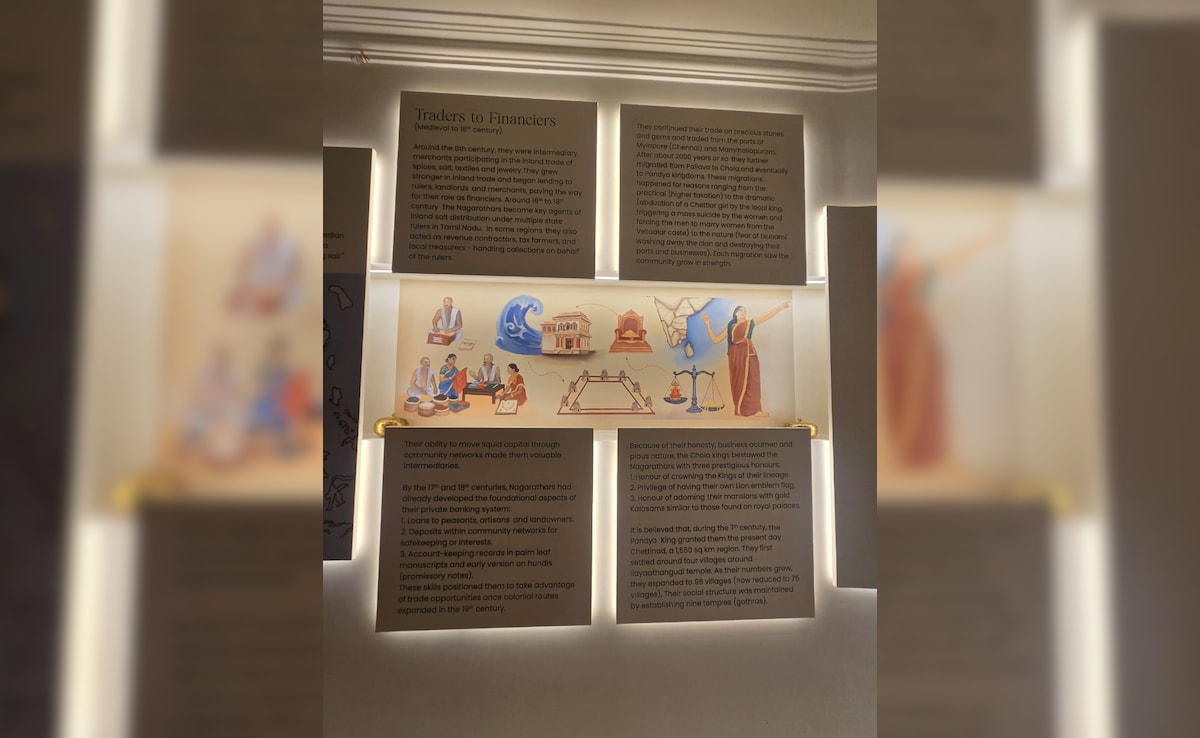
Their exposure to different cultures and economies shaped not just their commercial success but also their aesthetic sensibilities, influencing the design and craftsmanship of their jewellery.
The Art Of Adornment
One of Pettagam's most fascinating aspects lies in its curation of ornaments that define the Chettiar identity. Among them is the Kazhuthuru, a heavy bridal necklace comprising 34 interlinked gold pieces, traditionally presented to a bride on her wedding day.
Another is the Gauri Shankaram, an ornament worn by men during major ceremonies, symbolising wisdom and prosperity in later life.
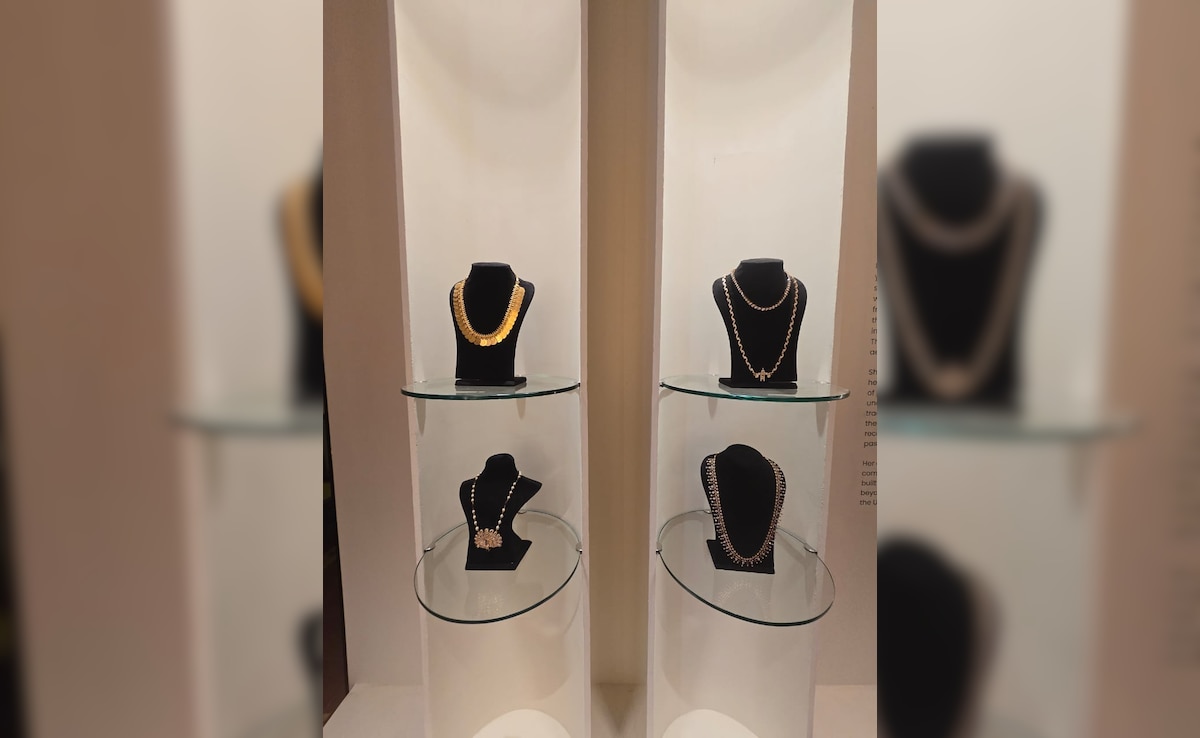
Each piece in the museum reveals a story. The crab motif, for instance, honours the sea routes once navigated by Chettiar traders, believed to have mirrored the crab's sideways journey across the ocean floor.
The conch and peacock motifs echo faith and fertility, while bows, lace patterns, and European-inspired flourishes are reminders of cross-cultural exchanges during the colonial era.
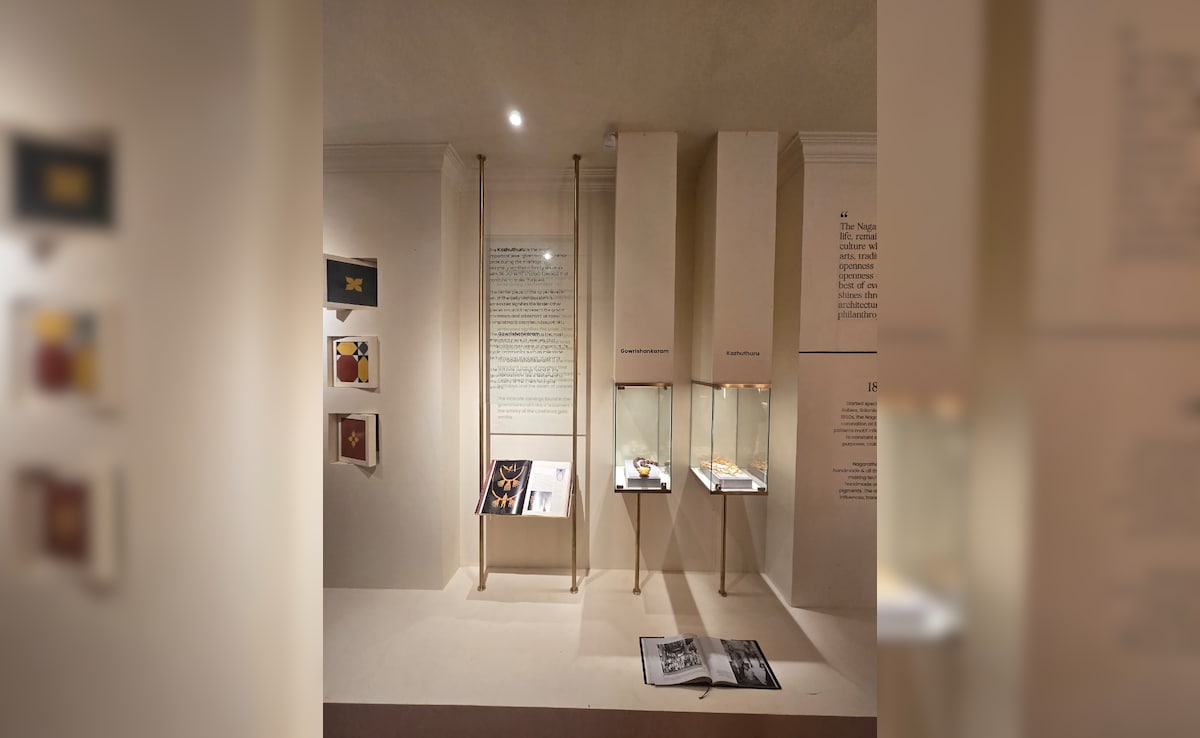
Jewellery in the Chettiar tradition was never just ornamentation; it was a record of heritage, trade, and faith. The museum showcases these pieces alongside heirloom collections from Meenu's own family, ensuring each jewel is not only admired for its beauty but also understood in context.
A Dying Craft Revived
At the heart of Chettinad jewellery lies a rare and painstaking technique known as close setting. This method involves encasing diamonds and gemstones securely within the metal itself, from both sides and beneath, giving each piece a monolithic, seamless finish.
The process is intricate and time-consuming, mastered by only a handful of artisans today.
The technique ensures both durability and timelessness - many heirloom pieces have survived centuries because of the strength of this method.
To honour and preserve this vanishing art, Pettagam dedicates a special section to the tools and instruments used by traditional Aasaris (craftsmen).
These artisans continue to work with Meenu to sustain the practice through her collections.
Motifs Of Meaning
The museum's exhibits are arranged to highlight nine key motifs that frequently appear in Chettinad jewellery: the conch (sangu), peacock (mayil), Annapakshi (swan), crab (nandu), temple tower (gopuram), lace, bow, Goddess Lakshmi, and the Athangudi tile.
Each motif encapsulates a facet of Chettinad life, be it the region's architecture, spirituality, or seafaring legacy.
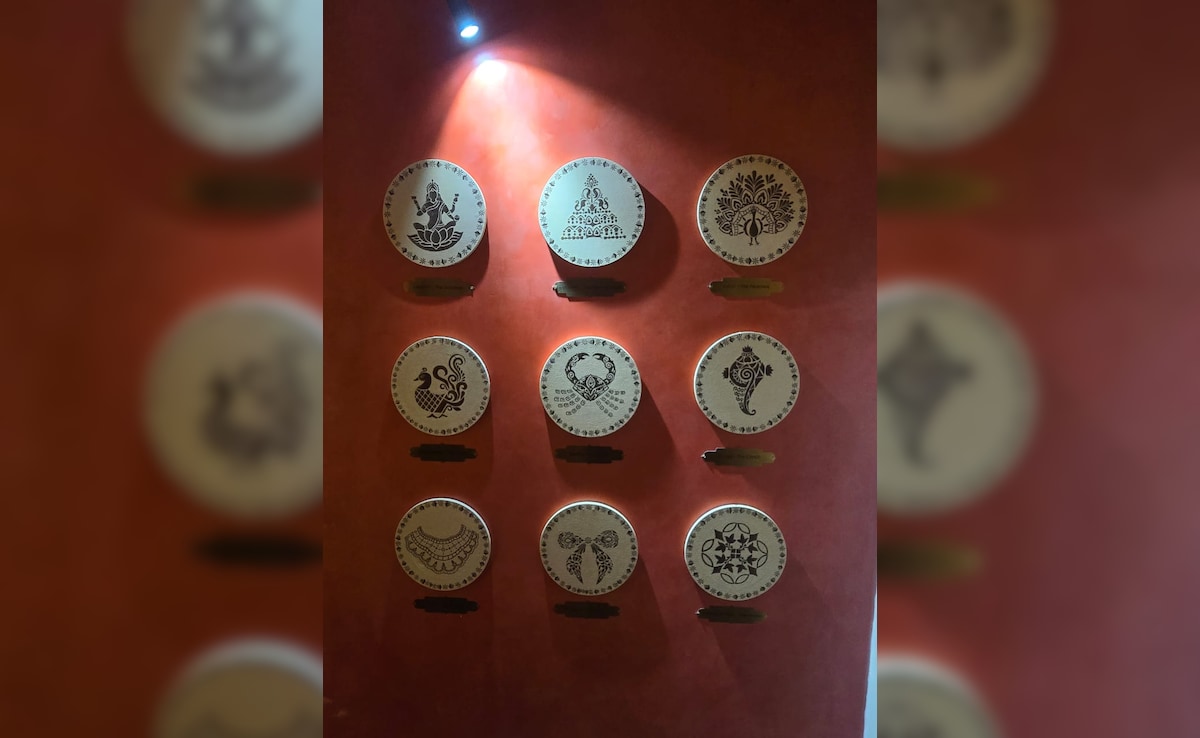
For example, the Annapakshi, a mythical bird believed to represent purity and abundance, is commonly featured in bridal ornaments.
Similarly, motifs inspired by temple gopurams and Lakshmi imagery reflect the community's deep spiritual ties. Even the designs influenced by lace and bows tell a tale of the Nagarathars' interactions with European nobility during their trading ventures abroad.
A Journey Through Time And Craft
The first floor of Pettagam moves beyond the strictly historical. Here, heritage seamlessly meets modern interpretation. The space displays not just antique ornaments but also Meenu's reimagined creations across her three jewellery lines.
Her brand Vilasam is dedicated to traditional Chettinad designs, meticulously crafted using close-setting methods.
Vamsam takes inspiration from the diverse jewellery traditions of India-such as Kerala's kaasu maalai (coin necklace) and Andhra's guttapusalu (pearl fringe necklaces), each adapted through the lens of Chettinad craftsmanship.
Meanwhile, Menaya brings a contemporary flair to heritage motifs, making traditional aesthetics wearable in modern times.
The exhibits are complemented by multimedia displays, including an audiovisual room that narrates the historical and cultural significance of jewellery in the Nagarathar community.
Together, they make Pettagam not just a museum but an experience-one that bridges scholarship, art, and sentiment.
Legacy, Memory, And Preservation
Pettagam is as much about community memory as it is about artistry. For Meenu, every piece represents a story that risked fading away, a story of women who passed down their necklaces with blessings, of men who commissioned intricate ornaments for rituals, of artisans who worked with devotion and precision.
The museum also underscores how deeply global the Chettiar world once was. Their jewels bore the imprint of Burma's rubies, Ceylon's sapphires, and European influences, proof that Chettinad's aesthetic evolved not in isolation, but through centuries of cross-cultural exchange.
While Pettagam was envisioned and researched by Meenu, its realisation was a family effort. Her daughter, Adithi Ganeshan, serves as the museum's Chief Operating Officer, managing the curation and execution.
Together, they hope the museum will serve as an educational and cultural space that revives interest in traditional craftsmanship while inspiring contemporary design.
Beyond Adornment
Walking through Pettagam feels like unlocking a symbolic strongbox, not just of gold and gemstones, but of memory and meaning. The exhibits invite visitors to see jewellery not merely as ornamentation but as a reflection of identity, history, and artistry.
Chettinad jewellery, in Meenu's view, is anything but outdated. With its balance of grandeur and subtlety, it remains timeless.
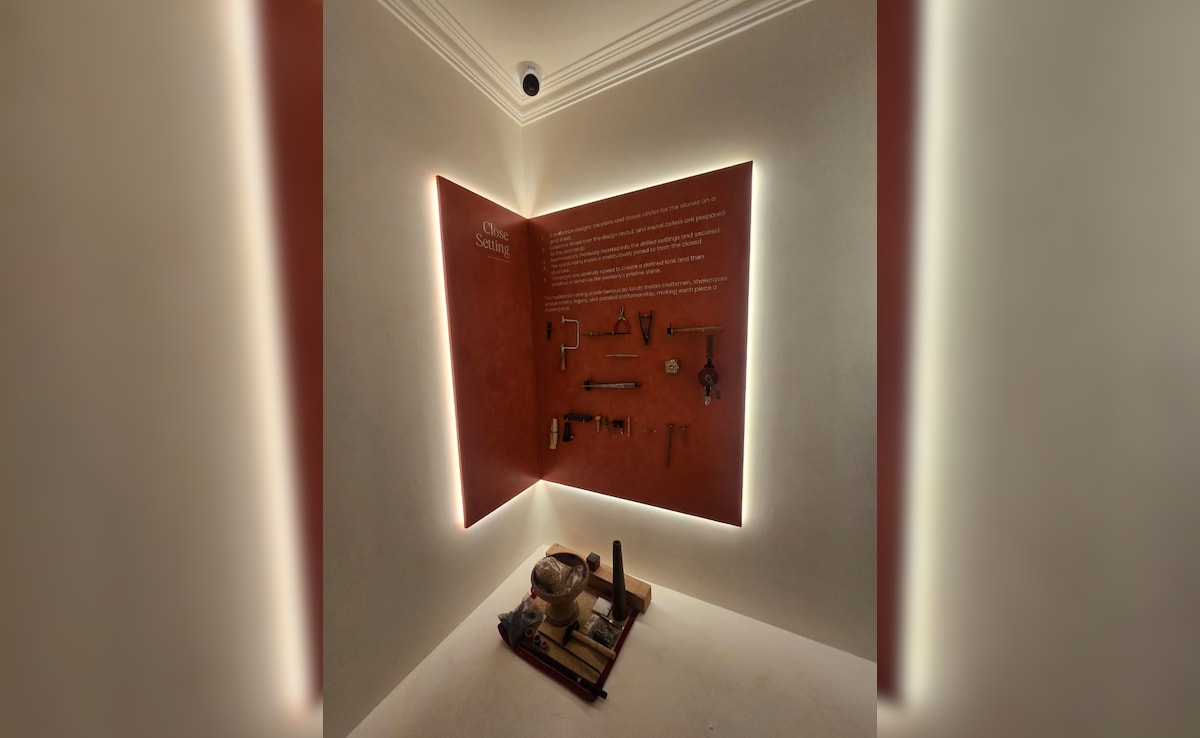
The clean geometry of close setting, the cultural motifs, and the global influences together create designs that are as modern today as they were centuries ago.
Preserving The Sparkle Of The Past
In positioning Pettagam alongside institutions like the Amrapali Museum in Jaipur, Meenu highlights the importance of private museums in preserving India's material culture.
Each region, she believes, has its own jewellery language-a testament to its people, geography, and history. Yet, as industrial manufacturing takes precedence and artisans age without successors, much of this heritage risks being lost.
Through Pettagam, Meenu and her team hope to archive not just ornaments but the very ethos of Chettinad's craftsmanship.
In a world increasingly obsessed with the new, Pettagam reminds us that sometimes, the most profound beauty lies in rediscovering what has always been there, hidden in the iron chests of our collective past, waiting to shine once again.

